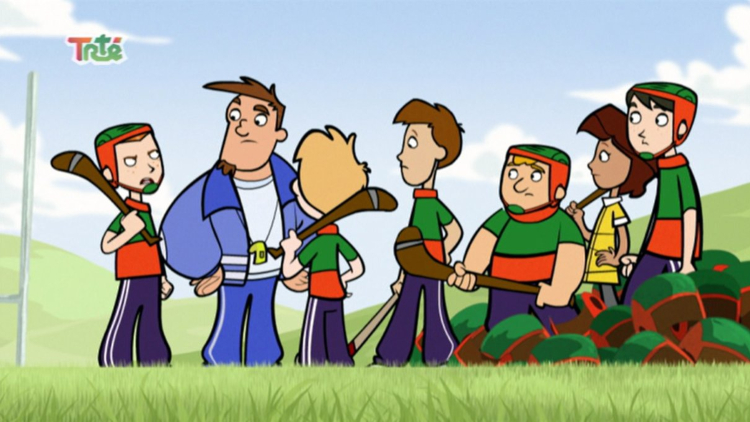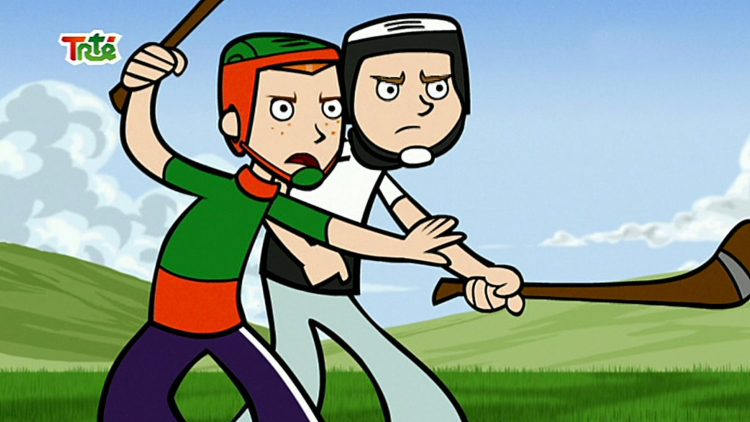Ballybraddan | A Hidden Gem in Irish Animation
Ballybraddan is back for a second season, ten years after its first episode aired. This beautifully animated children’s series tells the coming-of-age story of a group of fifth class students. As this ragtag group try to find themselves, establish friendships and prove their love for hurling, they take their passion, and often their rivalries, to the field.
This twenty episode series, each episode running approximately thirteen minutes, has finally been revived and an animation that showcases hurling can finally have its time again. So, in preparation for the build up to season two, airing 12th of May at 18:00 on RTÉ, and a brand new twenty-episode run, I take a look back at what made season one such a powerful addition to the Irish animation portfolio.
The first thing that was clear when I started up that first episode was the simplistic style of animation. A Flash animated series immediately drew comparisons in my mind to the likes of Samurai Jack, the award-winning Genndy Tartakovsky animated series. The art style of Ballybraddan is one that is simple, yes, but that’s because it doesn’t overcomplicate itself with unnecessary details. It sets the scene, it stages our characters and it goes full speed into the world of these children and their mentors.
Now, don’t mistake simplistic style for subpar animation. The fluidity of motion, as well as facial expressions, are all distinct and shine strongly by giving us an insight into the minds of our protagonists. This is highlighted when the players take to the hurling field. The speed, the camera work and the action immerse us in fast-paced matches and doesn’t let go.
The characters each have unique personalities and over the course of the series, each one finds and develops themselves. There aren’t just Irish children though; the presence of characters from different ethnicities and backgrounds not only reflects real life, but adds a clear element of inclusivity to our cast.

The show boasts a talented array of voice actors, though Paul Tylak’s performance as The Bantor, the team’s manager, really stands out. Every time he speaks, passion flows through his character, leading the viewer to hang on to his every motivating (if at times offhand) word. These voices, coupled with an exhilarating musical score work to deliver a powerful animated series.
Growing up, I was never a hurling person. I never understood the rules and had very little interest in the sport. This series focuses part of its script on teaching newcomers the rules and never shies away from helping its audience. It’s easy to get bogged down in this, but what Ballybraddan never does is dumb it down for its viewer. It manages to couple instructions with excellent storytelling so you never feel like you’re being patronised through the plot.

This brings me to my final point on this series. Season one’s twenty-episode run relies heavily on serialisation, something that very few western world cartoons do, in comparison with Japanese anime, for example. This opportunity at continuity is what Treehouse Republic, the animation team behind Ballybraddan, grab on to and use to great effect. Without that reset button, the lives of our characters are able to transform and shape overarching plot points and dilemmas, which leads to more depth in storytelling.
In conclusion, if you haven’t checked out this beautiful animated series, you should do before that all important season two release on May 12th. As The Bantor says in the opening credits, “I see legends on the field and off, the only question is, how will you write yours?”
Treehouse Republic did just that with Ballybraddan. They created a little-known series that deserves to be a legend in the history books of Irish animation.
